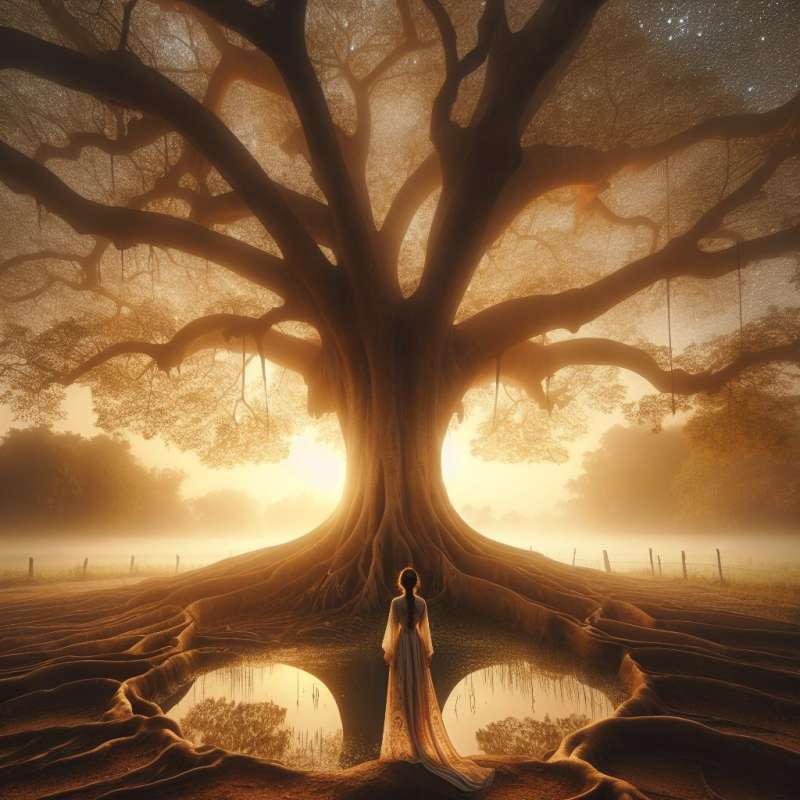
Nordic Cosmology Introduction
Norse mythology depicts a multi-layered cosmos. Yggdrasil, the world tree, connects the nine realms, symbolizing the axis mundi, a universal pillar at the cosmos' center, representing order amidst chaos.
Yggdrasil, The World Tree
Yggdrasil stands as the universe's backbone in Norse belief. This cosmic tree's roots and branches extend to various realms, influencing life and fate. Its endurance represents the world's cyclical nature.
Nine Realms Explained
The nine realms in Norse myth are distinct worlds. Midgard, Asgard, and Vanaheim host humans, gods, and Vanir, respectively. Others include Jotunheim, Alfheim, Svartalfheim, Helheim, Niflheim, and Muspelheim, each with unique inhabitants and roles.
Dragons and Serpents
Nidhogg, a malicious dragon, gnaws at Yggdrasil's roots, embodying decay. This constant threat implies an enduring struggle beneath the world's surface, balancing creation with destruction.
Wells of Destiny and Wisdom
Three sacred wells lie at Yggdrasil's roots: Urdarbrunnr, source of fate; Mimirbrunnr, well of wisdom; and Hvergelmir, a life-giving spring. They symbolize the depth of knowledge and destiny in Norse myth.
Rituals and Sacrifices
Axis mundi's concept influenced Viking rituals. Trees resembling Yggdrasil were deemed sacred, with sacrifices often hung upon their branches, aligning mortals with cosmic forces.
Yggdrasil's Contemporary Symbolism
Yggdrasil transcends ancient myth, influencing modern art, literature, and spirituality. It's a symbol of interconnectedness and resilience, reminding us of nature's power and the complexity of the cosmos.
What does Yggdrasil symbolize in Norse mythology?
Chaos and division
Universal pillar of order
A mythical weapon
Company